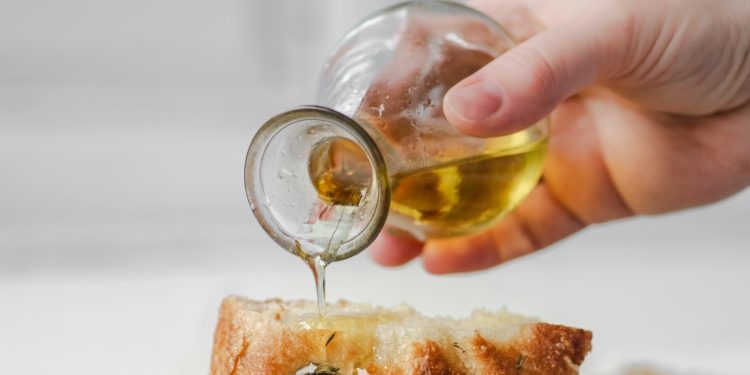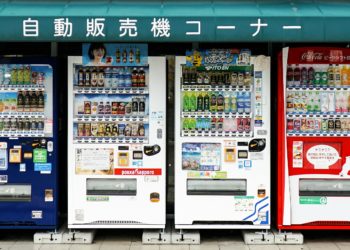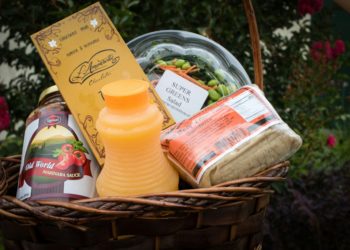The primary packaging designed to contain extra virgin olive oil, a product of great importance and much appreciated, must respond as much to marketing and promotional needs as to those of health and safety.
Therefore, if on the one hand the choice of container is dictated by promotional needs and both communicative and aesthetic purposes, on the other hand it is guided by the need to offer its customers containers capable of guaranteeing the quality of the product and preserving its organoleptic properties.
As far as the choice of material is concerned, the most commonly used are tin, stainless steel and glass. The latter in particular combines physical and chemical properties that guarantee the highest levels of hygiene, quality and safety with a high degree of versatility, which makes it possible to create highly customised bottles with a striking design.
On the websites of specialised companies, such as https://www.vetroelite.com/en/, it is possible to choose the most suitable glass bottle to contain not only extra virgin olive oil, but also numerous other products, food and non-food. Moreover, thanks to the skills of specialised teams, the chosen bottle can be enriched with textures, motifs, prints and details aimed at interpreting the essence of the product in the best possible way.
Glass bottle for extra virgin olive oil: colour makes the difference, also for quality
Glass, as mentioned, is a guarantee for maintaining the quality of food products and, in this specific case, of extra virgin olive oil. Characterised by high hygiene standards, it is an inert material and therefore does not release harmful substances even when brought into contact with acidic or alkaline foodstuffs. This means that the oil in a glass bottle retains its organoleptic qualities. In addition to this, glass bottles are impermeable to liquids and gases.
The excellent quality of bottled oil can, however, be lost if the wrong choice is made regarding the colour of the glass. Colourless or clear glass would allow light rays to pass through and quickly oxidise the oil, spoiling its taste and smell. For this reason, oil producers opting for primary glass packaging must focus on dark colours capable of blocking the passage of sunlight.
Green light, therefore, to bottles with dark colours, particularly green – a colour reminiscent of olives – and black. Alternatively, it is possible to opt for an opaque colour.
Other features to consider
Although colour, intended to perform a dual function, protective and aesthetic, is the feature to be assessed most carefully, all the others are also very important and can make the difference, decreeing the success of the product.
In particular, it is fundamental to choose critically:
- the shape of the bottle;
- the size;
- the type of stopper;
- the decorations and textures;
- the type of labelling.
All these elements must be chosen in a way that enhances the characteristics of the oil, attracts the right target audience and speaks with the voice of the brand.
David Prior
David Prior is the editor of Today News, responsible for the overall editorial strategy. He is an NCTJ-qualified journalist with over 20 years’ experience, and is also editor of the award-winning hyperlocal news title Altrincham Today. His LinkedIn profile is here.













































































